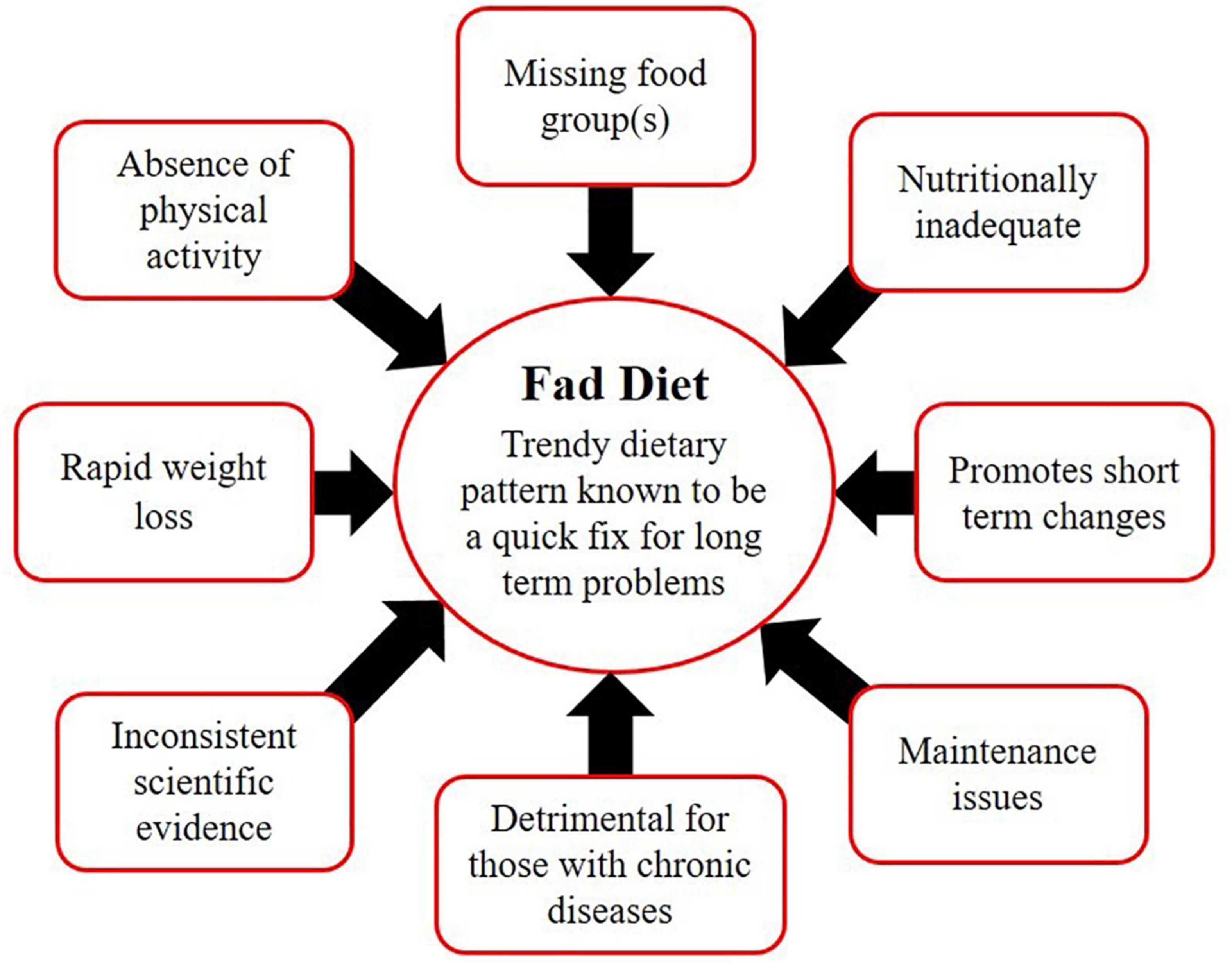
Despite stroke becoming one of most prevalent causes of death in the industrialized world, much less research has been done on diet and stroke recovery. There are many risk factors for stroke including obesity, hypertension, and physical inactivity. However, healthy eating habits can make stroke less likely. Numerous studies have shown that patients who eat a plant-based diet are at significantly lower risk of suffering from hemorhagic stroke. These diets can also be used to treat or prevent hyperlipidemia, type 2 diabetes, and other conditions.
Patients with stroke need to eat a healthy diet in order to speed up recovery and encourage rehabilitation. Dietary interventions are a crucial aspect of stroke prevention, and they should be carefully evaluated. A plant-based diet has a high amount of vegetables and legumes. It's low in meat, sweets, and dairy products. This may reduce the need for medication to treat chronic conditions. Additionally, plant-based diets may be more cost-effective.

The study evaluated the dietary habits of stroke victims in hospitals and post-hospital rehabilitation. Patients were shown sample menus for the post-hospital period. The patients were asked to confirm that they were following the recommended diet. The results showed that patients who were on a low-protein diet had greater functional fitness. Hypertension was significantly reduced when the patients were vegetarians. They also had a lower chance of suffering from total stroke and hemorhagic accidents.
These diets resulted in a significant increase in body fat and muscle mass. Patients who ate plant-based diets had lower plasma homocysteine levels, which can increase the risk of stroke. Fiber-rich diets also have positive effects upon glycemic control. This lowers the risk of coronary disease. A diet high in whole grains, fruits and vegetables can also improve blood pressure. These diets improve insulin sensitivity.
Plant-based diets can be associated with lower blood pressure. However, it is not clear what the effects of low glucose on blood pressure are. In addition, low vitamin B12 intake has been associated with plasma homocysteine levels. The authors recommend that future studies include a larger number of stroke patients, as well as long-term observations of their eating habits.
It is important that Americans remember that diet is the number one health issue. Studies have shown that stroke patients tend to have poor eating habits, as well as a higher calorie intake. Poor eating habits and hypertension are linked to stroke-related complications such as obesity and hypertension. Studies have shown that diets based on plant-based foods significantly lower the risk of total stroke and hemorhagic events. These diets include a lot of fruits, vegetables, legumes and nuts.

Treatments for hyperlipidemia and type II diabetes can be achieved with plant-based diets. They are also associated lower rates of hemorhagic as well as ischemic strokes. Many studies have shown fiber intake can lower blood pressure. They can also lower serum cholesterol and improve glycemic control. They can also improve gastrointestinal disorders.
FAQ
These are five tips to help you lead a healthy lifestyle.
Here are five ways to lead a healthy lifestyle.
Living a healthy lifestyle involves eating right and exercising regularly. Healthy eating means avoiding sugary and processed foods. Exercise is good for your body and muscles. Sleeping enough can improve memory and concentration. Managing stress reduces anxiety and depression. And finally, having fun keeps us young and vibrant.
What is the healthiest lifestyle to life?
The healthiest lifestyle to live is one where you eat healthy food, exercise regularly, sleep well, and avoid stress. If you follow these guidelines, you will be able to lead a long and healthy life.
You can start by making small changes in your diet and exercise routine. Try walking for 30 minutes daily if your goal is to lose weight. If you're looking for a way to increase your activity, consider taking up swimming or dancing. You could also join an online fitness program like Fitbit or Strava that tracks your activity levels.
How do I count calories?
It is possible to wonder "what the best diet is for me?" or "is counting calories necessary?" This depends on several factors like your current health and personal goals. Your preferences and overall lifestyle.
Which one is right for you?
The best diet for me depends on my current health status, my personal goals, my preferences, and my overall lifestyle. There are many good and bad diets. Some diets work better than others. What can I do to make the right choice? How can I make the right choice?
These are the main questions addressed by this article. It begins with an overview of the different diets today. Then, the pros and cons of each type of diet are discussed. Finally, we'll discuss how to select the best one.
Let's first take a look at different diets.
Diet Types
There are three types, low-fat, high-protein, or ketogenic diets. Let's look at each one briefly.
Low Fat Diets
A low fat diet is a diet that restricts the amount of fats consumed. This is done by reducing your intake of saturated oils (butter and cream cheese, etc.). They are replaced by unsaturated fats such as avocados, olive oil, and cream cheese. For those looking to lose weight quickly, a low fat diet is often recommended. This type of diet can lead to constipation and heartburn as well as indigestion. If a person doesn’t receive enough vitamins from their foods, this can lead to vitamin deficiency.
High Protein Diets
High protein diets discourage carbohydrates and encourage the use of proteins. These diets usually have higher amounts of protein than other diets. They are meant to help build muscle mass and burn more calories. They may not be able to provide sufficient nutrition for people who need it. They can also be very restrictive so they may not be suitable for everyone.
Ketogenic Diets
These diets are also known under the name keto diets. They are high in fat, moderately high in protein, and low in carbohydrates. They are commonly used by athletes and bodybuilders as they allow them to train harder, longer and without feeling fatigued. To avoid side effects such as fatigue, nausea, headaches, or other unpleasant side effects, you must strictly adhere to their instructions.
What should my weight be for my age and height? BMI calculator and chart
A body mass index calculator (BMI) is the best way to find out how much weight you should lose. A healthy BMI range should be between 18.5- 24.9. Aim to lose 10 pounds per month if your goal is to lose weight. Simply enter your height/weight into the BMI calculator.
Check out this BMI chart to determine if you are overweight or obese.
Statistics
- The Dietary Guidelines for Americans recommend keeping added sugar intake below 10% of your daily calorie intake, while the World Health Organization recommends slashing added sugars to 5% or less of your daily calories for optimal health (59Trusted (healthline.com)
- According to the 2020 Dietary Guidelines for Americans, a balanced diet high in fruits and vegetables, lean protein, low-fat dairy and whole grains is needed for optimal energy. (mayoclinichealthsystem.org)
- In both adults and children, the intake of free sugars should be reduced to less than 10% of total energy intake. (who.int)
- According to the Physical Activity Guidelines for Americans, we should strive for at least 150 minutes of moderate intensity activity each week (54Trusted Source Smoking, harmful use of drugs, and alcohol abuse can all seriously negatively affect your health. (healthline.com)
External Links
How To
27 steps to live a healthy life even if your family eats only junk food
Cooking at home is the best way to eat well. It can be difficult to prepare healthy meals at home. This article will provide some helpful tips for making healthier dining out choices.
-
Choose restaurants that offer healthy options.
-
Before ordering meat dishes, order salads and other vegetables.
-
Ask for sauces that aren't sweetened.
-
Avoid fried food.
-
Request grilled meats instead of fried ones.
-
If you don't really need dessert, do not order it.
-
Make sure that you have something else to eat after dinner.
-
Always eat slowly and chew your food thoroughly.
-
When you eat, drink plenty of fluids.
-
Do not skip breakfast, lunch or dinner.
-
Fruits and vegetables are a great addition to every meal.
-
Consider drinking milk instead of soda.
-
Try to avoid sugary drinks.
-
Reduce salt intake.
-
Limit how many times you dine at fast food outlets.
-
If you can't resist temptation, ask someone to join you.
-
Do not let your kids watch too much TV.
-
During meals, turn off the TV.
-
Do not consume energy drinks.
-
Take regular breaks from the office.
-
Get up early and go for a run.
-
Do some exercise every day.
-
Start small and build up gradually.
-
Realistic goals are important.
-
Be patient.
-
Exercise even if it's not your favorite thing to do.
-
Positive thinking is key.